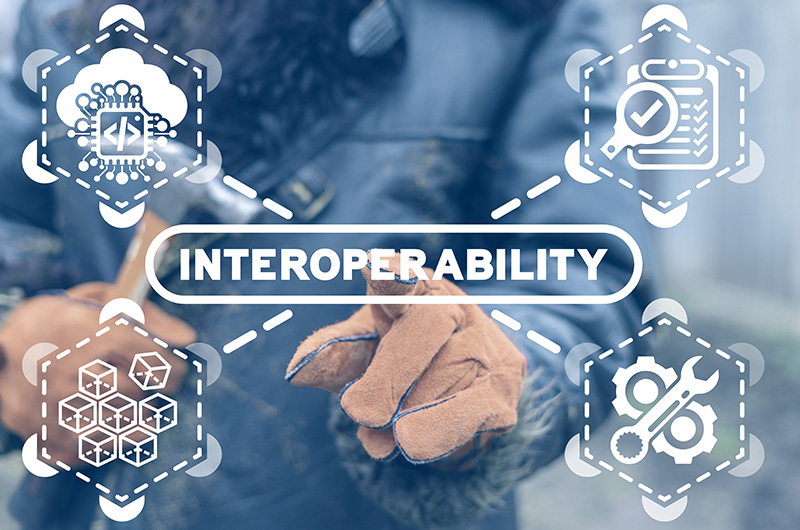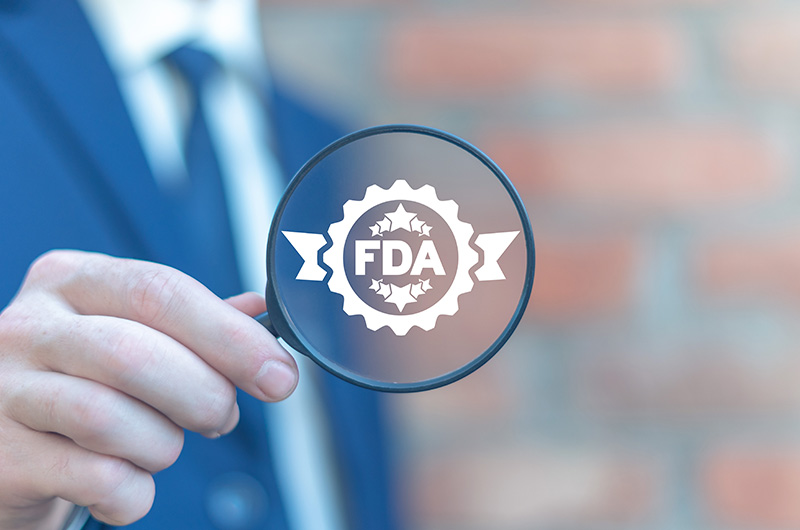Compared to other industries, the pharmaceutical industry is still way behind in data sharing and technology adoption. In fact, there are still pharma companies in the USA that have just begun using data integration technologies that have been prevalent in many other industries since the 1990s.
Lack of data sharing within the industry has paved the way for the entry of counterfeit drugs. Many developing and developed countries are grappling with the increased presence of illegal drugs in their pharma supply chain, with the pandemic only exacerbating the issue.
The technology already exists, and we, as an industry, can make it happen. Fortunately, DSCSA has brought in its wake many mandatory data-sharing and traceability requirements, making product visibility effortless. When it’s fully effective, supply chain members will be able to track the products as they move through the chain, trace them to their origin, and even perform efficient product recalls, all the while prohibiting the entry of fake drugs.
However, a real-time, interoperable system must be established to achieve this vision, with no chinks in its armour. Luckily, DSCSA has issued many interoperability guidelines to help pharma stakeholders prepare for compliance ahead of time. Let’s take a look.
INTERRELATED STATUTORY COMPONENTS
Currently, the DSCSA is under phase one of the traceability requirements, which require products to be trackable at the lot level. From November 27, 2023, the law will enter its second phase, requiring products to be traceable through an interoperable, electronic method at the package level. There are currently few details available regarding the guidelines. However, the information that is available now lists three interrelated statutory components that will come into effect in 2023.
However, you must first be aware of Transaction statements (TS) and Transaction information (TI) to understand these statutory components.
Transaction Information (TI): TI is a document that outlines the specifics of the current transaction. It includes:
- Number of containers
- Dosage and strength of the product
- NDC (National Drug Code)
- Date of transaction
- Lot number
- Date of shipment
- Container information
Transaction Statement (TS): The transaction statement is a declaration that confirms that the seller:
- Is an authorized and registered entity
- Got the product from an authorized and registered trading partner
- Did not deliberately tamper with the transaction history
- Did not deliberately deliver any counterfeit, suspicious, ineligible product
- Has acknowledged the TI and TS from the previous entity in the supply chain
Now that you are aware of what TI and TS are, let’s look at the three interrelated statutory components:






